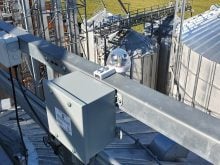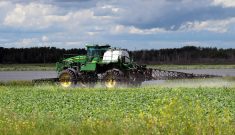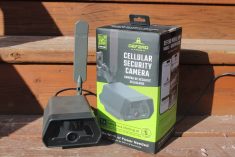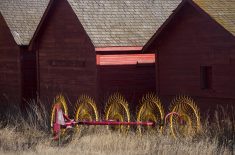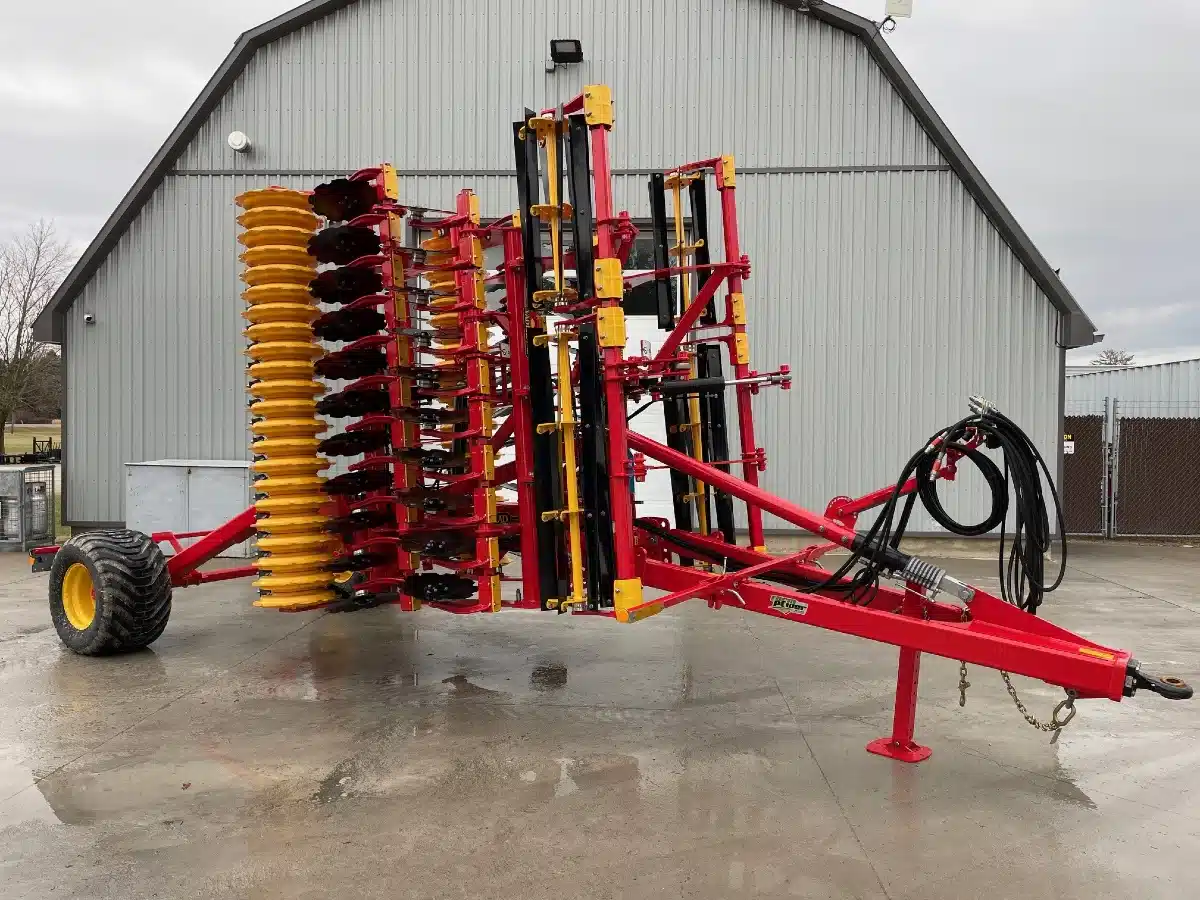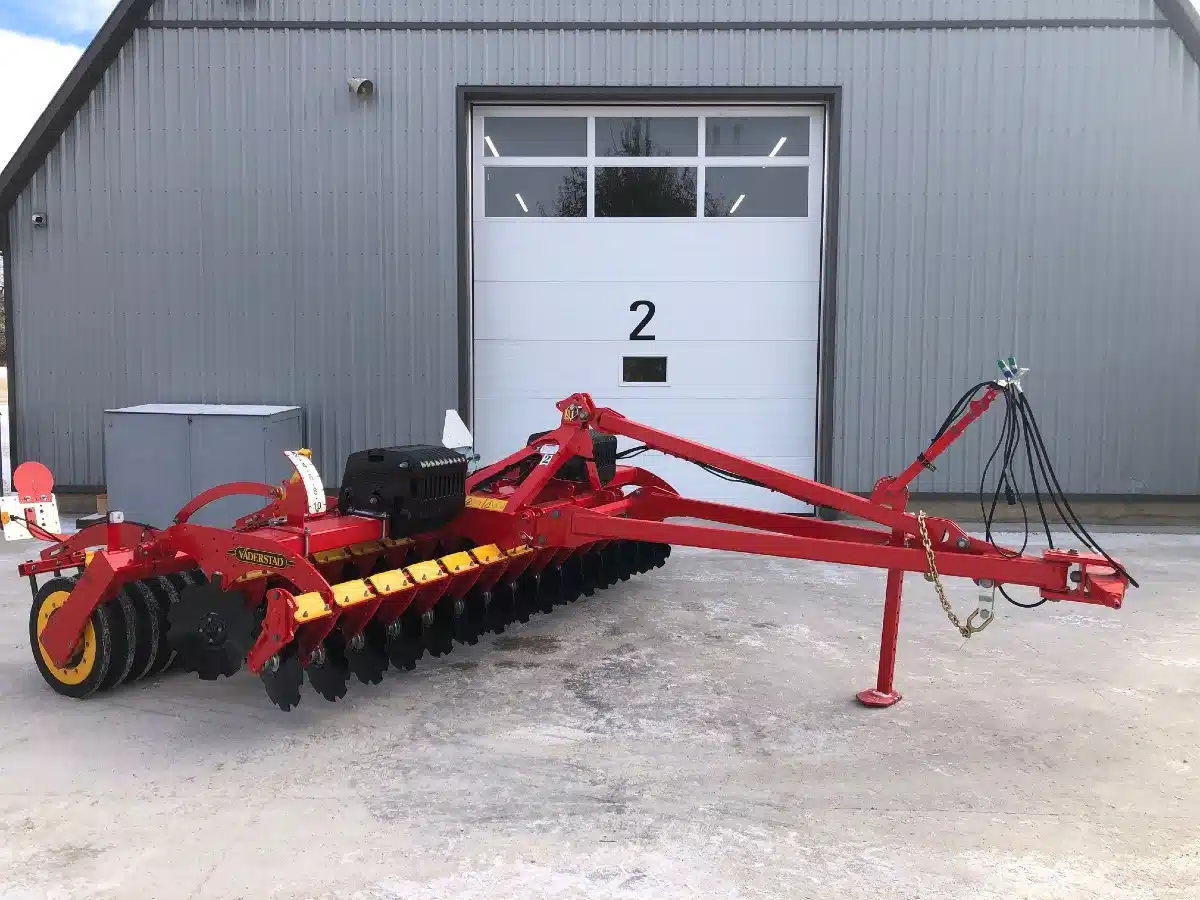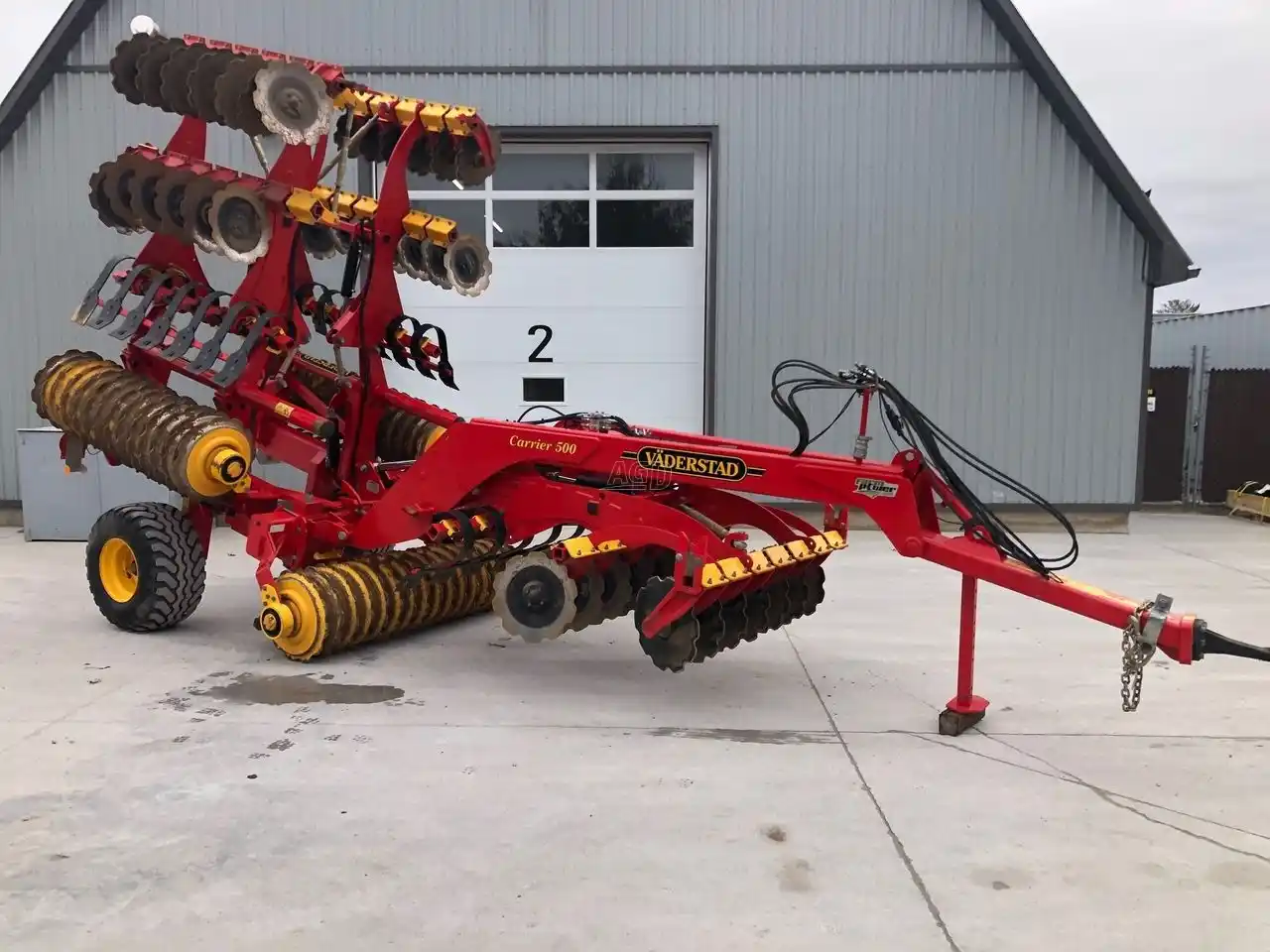Väderstad’s tillage implements offer a wide range of configurations for residue management and seed bed preparation
The number and types of tillage implements on the market today has grown significantly over the past decade. European brands such as Lemken and Väderstad have increased their presence in the North American market and introduced a number of modern implement designs that had their origins in Europe.
Today, farmers have choices that go well beyond the traditional cultivator or tandem disc. Väderstad now offers two decidedly different implements designed to meet very different tillage objectives.
The company considers its Carrier high-speed disc to be a multi-purpose tool, capable of a variety of tasks such as seed bed preparation, residue incorporation and stubble cultivation. However, even that implement can be configured to work better in specific field operations.
Read Also
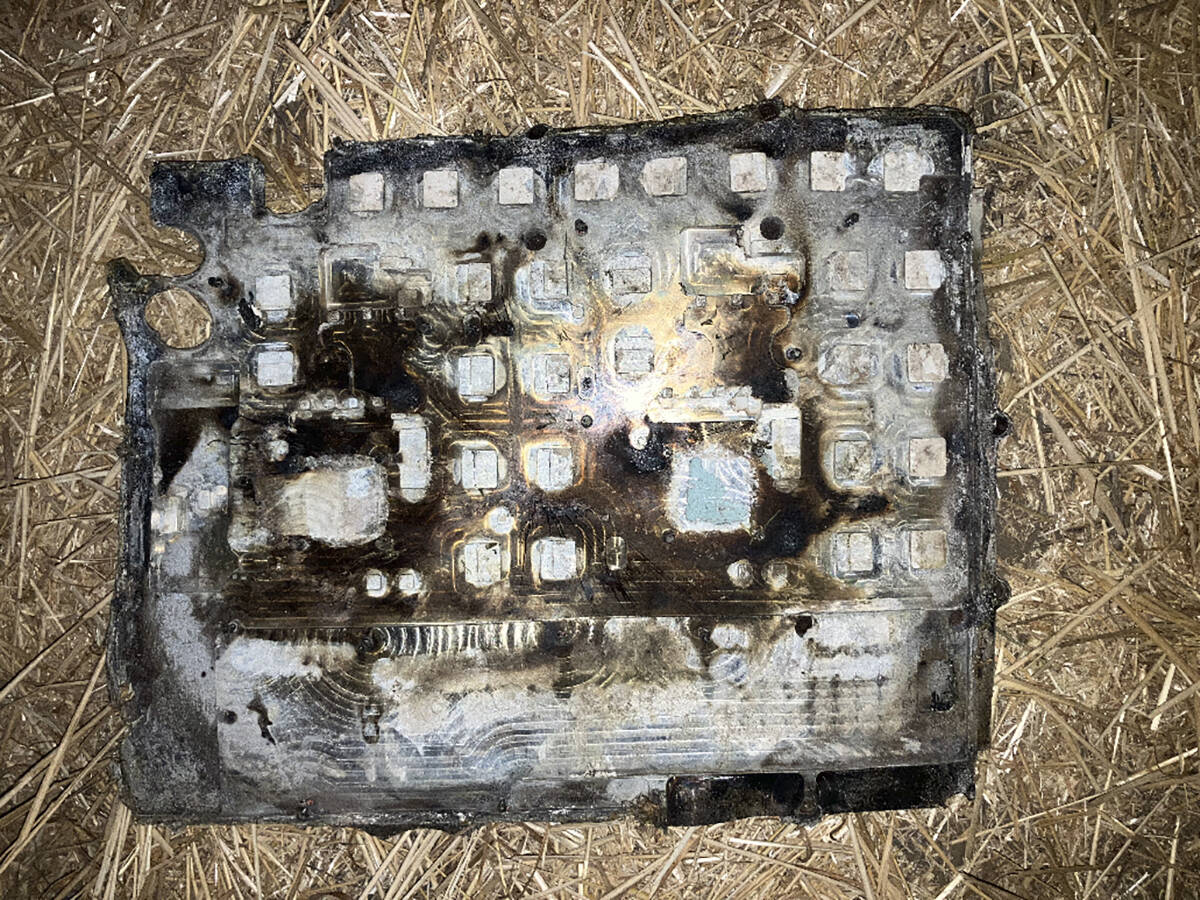
Farmers asked to keep an eye out for space junk
Farmers and landowners east of Saskatoon are asked to watch for possible debris in their fields after the re-entry of a satellite in late September.
“The Carrier we have is the original European high-speed disc,” says Ben Sander, Väderstad’s business development manager for North American tillage.
“We have a few options we offer with that. We have the regular Carrier, which has a smaller blade, about a 20-inch blade. We have the Carrier XL and then the XP, which has a few more options on it.
“A lot of times, depending on what your goal is, if you’re trying to turn a little more dirt, or chop up residue a bit more, that would help you select the blades you want. The traditional Tru Cut blade, made at our own factory over in Sweden, helps cut into the dirt more. You get more depth out of that.
“The Cross cutter disc came out a few years ago. It’s very wavy, almost like a Coulter disc, but it has some dish to it. It’s for ultra shallow tillage. It focuses on that top half inch to an inch of soil, cutting residue and throwing a little dirt with it and making a nice seedbed that way. So a little more spring preparation versus fall tillage.”
The Carrier can also be equipped with a front row of harrow tines to help improve straw distribution post harvest, or it can be fitted with the CrossBoard heavy tines designed to break up sod clumps and improve field levelling.
For more aggressive tillage applications, Väderstad offers its TopDown combination tool.

“The Topdown is a combination tool,” says Sander.
“It’s a double disc chisel. You start up front with a disc blade, a smaller TruCut blade like what we use on the Carrier. You have two rows of disc gangs. That’s going to give you cutting and mixing. Then we have multiple rows of shanks. You can go down around 12 inches or so.
“If you have a compaction layer or you want to mix more thoroughly, It’s definitely a residue management tool.
“We finish off with a spiral leveller on the back instead of a traditional spring tine harrow. And then we finish it and reconsolidate the soil.”
With the addition of the BioDrill 360, the TopDown can be used as a drill to plant small-seeded cover crops.
The TopDown is available with working widths from three to seven metres (10 to 24 feet). Working widths on the Carrier depend on the specific model. The XL runs from four to seven metres (13 to 23 feet). The larger model is available in widths up to 12 metres (40 feet).
In 2021, Väderstad acquired the Wil-Rich line of equipment, and Sander says interest in the more traditional chisel plows it offers continue to see demand, even in areas that have mainly converted to no-till practices.
“On the Wil-Rich side, we sell a number of chisel plows into the market. We’ve had some renewed interest in ripping, even in no-till Saskatchewan, trying to break up some compaction. It’s hard to alleviate the compaction you’ve built up over time with just straight no-till.
“You can get into problem areas with a ripper and try to lift and break that compaction layer. That will help with root development and water infiltrations.”






